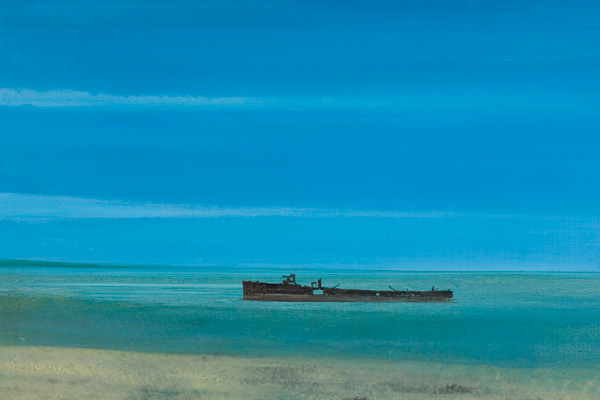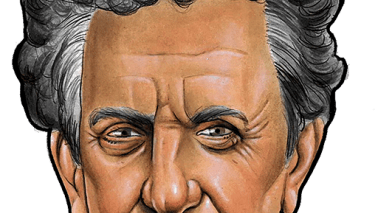The past few months have been busy for Jock McFadyen. Substantial commercial shows of his work have been held in London and Edinburgh, he has been elected a member of the Royal Academy, and a retrospective of four decades of his painting is currently on view at the Fleming Collection in Berkeley Street, Mayfair (until 17 October). Although Scottish by birth (he was born in 1950 in Paisley and brought up on the outskirts of Glasgow), he has lived most of his life in London. All the men in his family worked in the shipyards, but his father took a job in England when McFadyen was 16, so he came south in 1966 and stayed on to become an artist. He made his name in the 1980s with a brand of tough Hogarthian realism that focused on East London low-life. Since those heady days of popular success, McFadyen has been less visible on the gallery scene but no less active in making art, and today is painting some of the most interesting pictures of his career.
We talked in his studio at London Fields, Hackney, above the barking of dogs from nearby kennels and the crash and judder of heavy machinery from adjoining industrial units. McFadyen had just returned from his holiday home in France, where he does most of the figure sculpture he has shown intermittently since 1991. His latest venture is to make sculptures of the landscape from earth and wax, a project still in its early stages. We look at a group of some 80 small paintings done over the past couple of years inspired by an exhibition of Walter Sickert’s Camden Town nudes at the Courtauld Gallery. Sickert is one of his heroes, and the long series of people-less landscapes McFadyen has painted since 1992 meant that his focus had shifted away from the figure.







Comments
Join the debate for just £1 a month
Be part of the conversation with other Spectator readers by getting your first three months for £3.
UNLOCK ACCESS Just £1 a monthAlready a subscriber? Log in